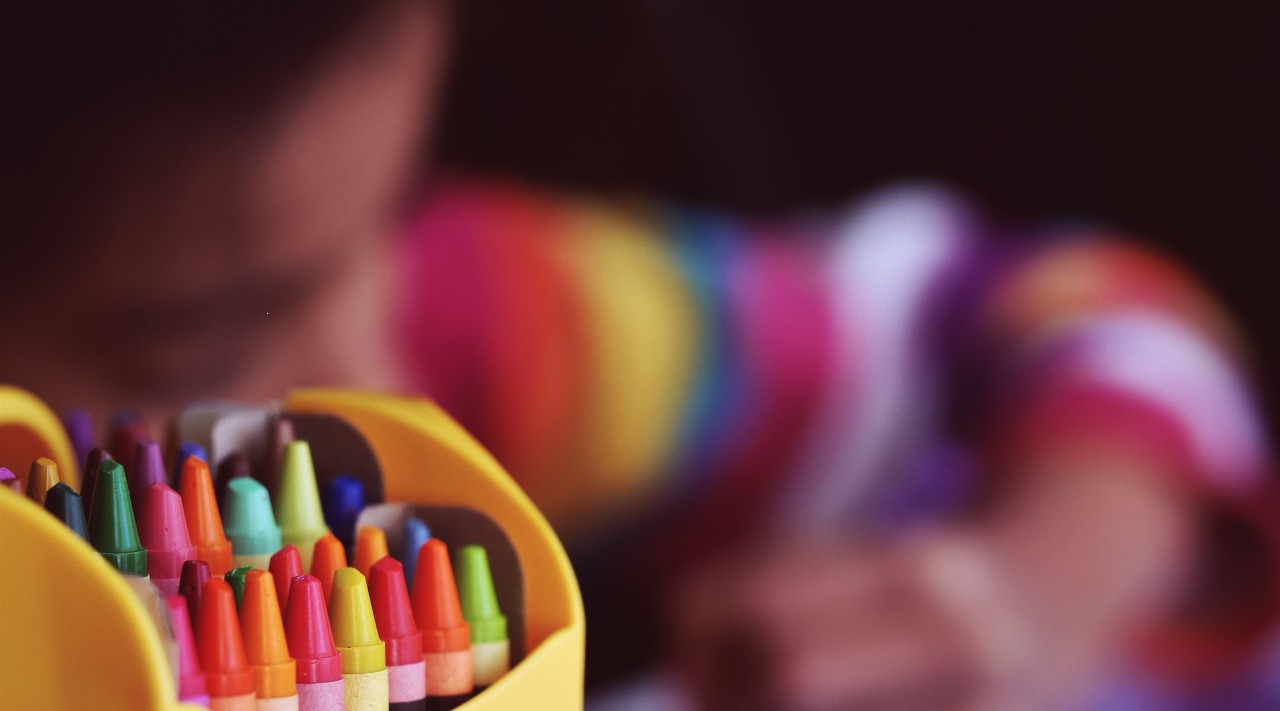Fuel campaign performance with laser-focused targeting

What will be the biggest back to school shopping trends of 2022 in the United States, and how will this school shopping season differ from past years? That’s what we wanted to find out.
Last year, InMobi research around the 2021 back-to-school shopping season found that school shoppers were most likely to say they were buying clothing and accessories – and that they plan to spend $250 or more on elementary school students and at least $850 on college students. Further, InMobi’s 2021 survey found that back to school shoppers plan to spend more money shopping online via mobile devices than they would spend in person.
Similarly, numbers released by the National Retail Federation in July 2021 predicted that “[f]amilies with children in elementary through high school plan to spend an average of $848.90 on school items, which is $59 more than last year.”
All of these numbers point to the optimism consumers had heading into the 2021-2022 school year. At the time, it seemed like remote learning was finally a thing of the past, with a return to in-person learning imminent or in full swing across the country.
What, then, is the year-over-year prognosis for back-to-school shoppers? Compared to last year’s optimism, shopping overall this year continues to be colored by inflation, ongoing supply chain issues, labor shortages and more. Are consumers ready to spend this back-to-school season?
That’s what we wanted to find out. Earlier this year, we polled over 1,000 consumers across the country using InMobi Pulse, InMobi’s mobile market research solution, to see how they were thinking about and buying school supplies.
Here’s what we uncovered.
Based on our data, it’s reasonable to assume that school spending is expected to increase somewhat this year.
One in four said they already have spent more on school supplies in 2022 compared with 2021, while 22% said they spent less money.
Overall, 59% said they have recently bought school supplies for themselves or for their children. For those with children in middle school, that figure shoots up to 70%.
The vast majority (83%) of these purchases happen in person, with 24% using a store’s website. Further, 30% said they use a third-party website or app (like Amazon) while 19% use a store’s own app.
This year, we also wanted to ask about school supply kits, in which multiple related items are bundled together. The research showed that 40% would be likely or highly likely to buy these kits – and for those with younger children, the percentage jumps up to 49%.
The top choice by far for purchasing school supplies is Walmart, with two-thirds of shoppers saying they would be turning to Walmart. Other top options included Target (36%), Amazon (31%) and Dollar General (29%).
School Supply Shopping Motivators:
Interestingly, school supplies shoppers are not one-track minded. The research found that 58% were likely or highly likely to also buy non-school supplies during their back-to-school shopping.
Here’s what our research uncovered around apparel and snacks shopping for school.
With the back-to-school shopping season about to begin in earnest, what can brands and retailers do to make the most of this time of year? Based on the data from InMobi Pulse, here are some key points to consider.
Target parents, not students. Parents, especially those with younger or middle school-aged children, are much more likely to spend – and spend more – than parents with older kids or students themselves. Many parents are focused on price, so messaging should highlight value.
What are your thoughts on what our data reveals about 2021 back-to-school shopping trends? Let us know on social media! You can reach out to us on LinkedIn, Twitter, Facebook or Instagram.
Interested in learning about InMobi, our data and our approach to mobile? Reach out today to speak with one of our mobile experts.


Register to our blog updates newsletter to receive the latest content in your inbox.